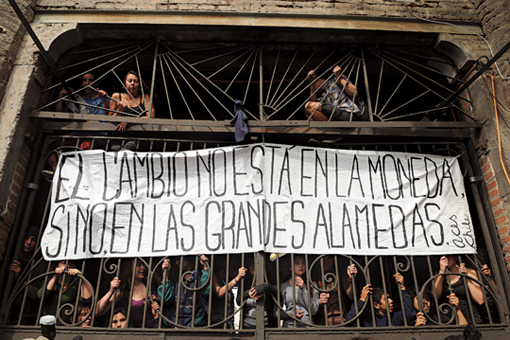Millions of students have taken to the streets across Latin America in recent years in protests that reflect an unprecedentedly broad mobilization of popular opinion.
Following massive demonstrations led by secondary school students in 2006 in Chile, university students launched a series of protests in May 2011. Powered by a coalition of public and private university students, the protests succeeded in shutting down most of the university system as well as major technical higher education institutions. Since their initiation, popular support for the students’ demands—more affordable and equitable education, and better government regulation of fraudulent practices in the education industry—has run as high as 80 percent.1
In the same year, student protests in Colombia’s most prestigious public and private universities eventually expanded to include universities and technical schools across the country, and, as in Chile, earned the support of millions of sympathizers. Students demanded that the government withdraw a proposed educational reform that would privatize student services in public universities and create private for-profit universities.
In Puerto Rico, students began to mobilize at a handful of campuses at the Universidad de Puerto Rico, the commonwealth’s sole public university, in 2010. By 2011, the movement, which sought to stop massive budget cuts and the elimination of an important student fee waiver, encompassed the entire public university system, successfully shutting down all 11 campuses.
Although student protests in Puerto Rico were supported by key groups in civil society—including the unions—unlike in Colombia and Chile, students lacked the support of university authorities. As a result, the movement was met with a harsh response from the government. While the Chilean protests faced a sporadic and somewhat inconsistent police response (ranging from tolerance to repression), in Puerto Rico the government applied anti-terrorist laws, setting in motion systematic police repression. Police occupation of campuses and surrounding neighborhoods led to violent clashes between students and riot police.





